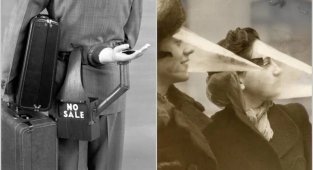12 real photographs of how Mongolia lived at the beginning of the twentieth century (13 photos)
Rare color photos from the expanses of the Mongolian steppe, taken more than a hundred years ago. Mongolia, which gave birth to Genghis Khan, was once a powerful empire. 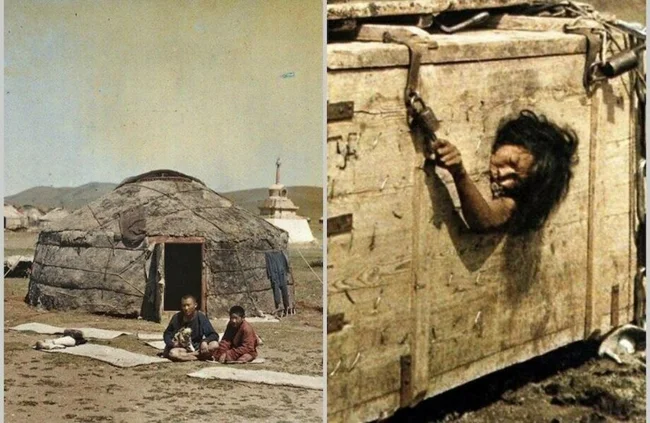
However, by the 17th century, the Mongols had lost all their power, turning into subjects of China. By the beginning of the last century, Mongolia was still an agrarian state, the stratification of society was colossal, and about a third of all men were monks. Even trade at that time was conducted in a very primitive way: instead of money, cattle and goods were more often used, and only occasionally coins of some other state. It was during this period that photographer Stefan Passe visited here: he visited Mongolia for one thing - to capture this remote corner of the planet on a color photographic film that had just appeared. The photographs were taken in 1913, when the traveler spent several months in Mongolia. This was the time when the Qing Empire fell and all of Mongolia became an autonomous region of China for a time.
Buryats on the street of Kyakhty - a city in Buryatia on the border with Mongolia 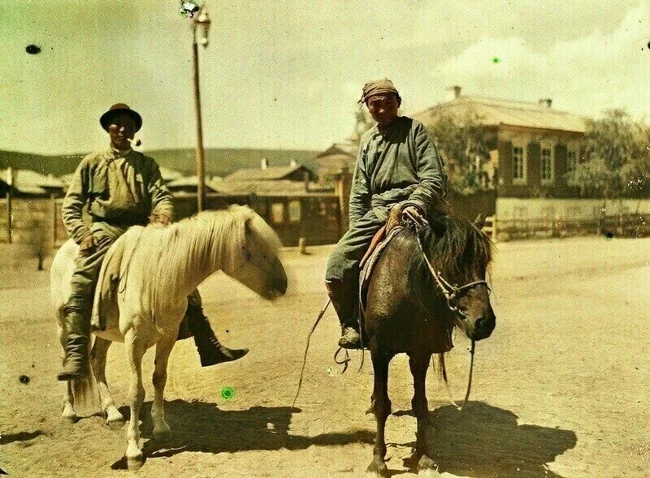
This is how Stefan Passe traveled through Mongolia: on the road from Kyakhta to Urga 
View of Ulaanbaatar, which at that time was called Urga 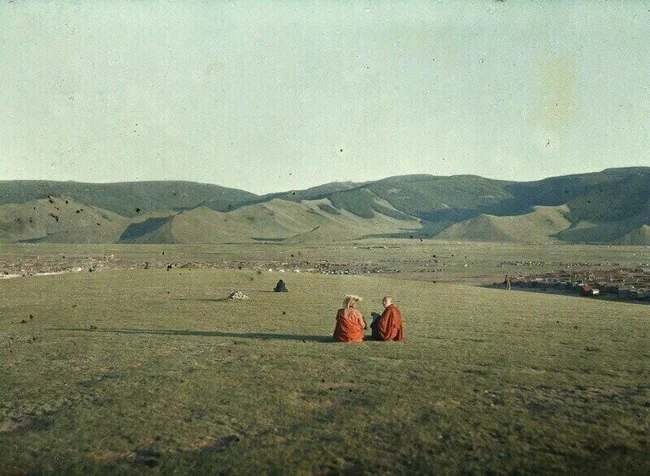
This is what the city looked like more than a hundred years ago 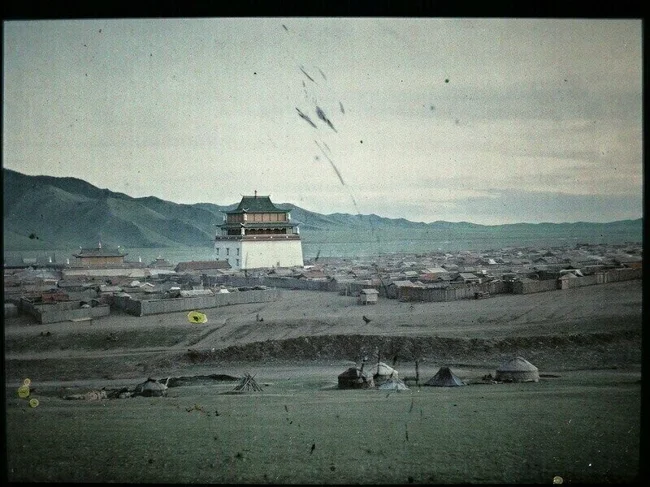
Street of the Mongolian capital 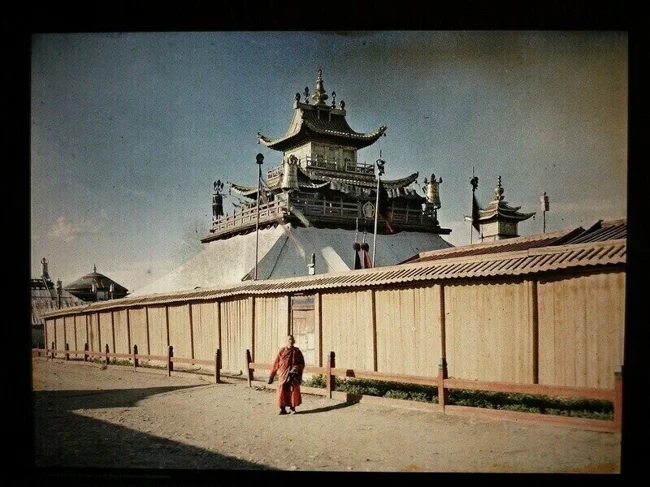
Woman in a portable nomad prison 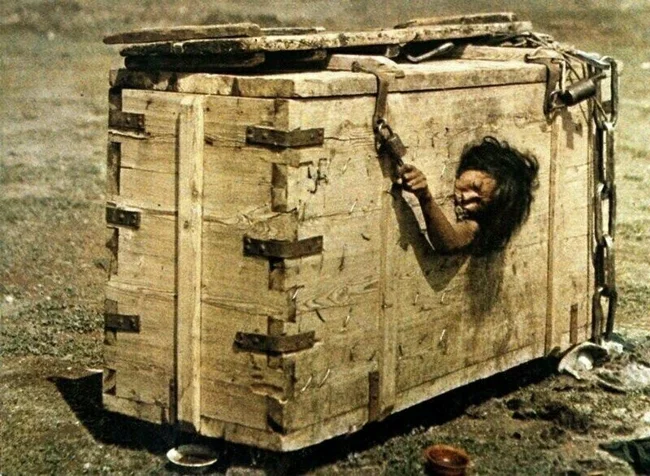
Stupa at the largest Mongolian monastery Gandantegchenlin 
Lama in Urga 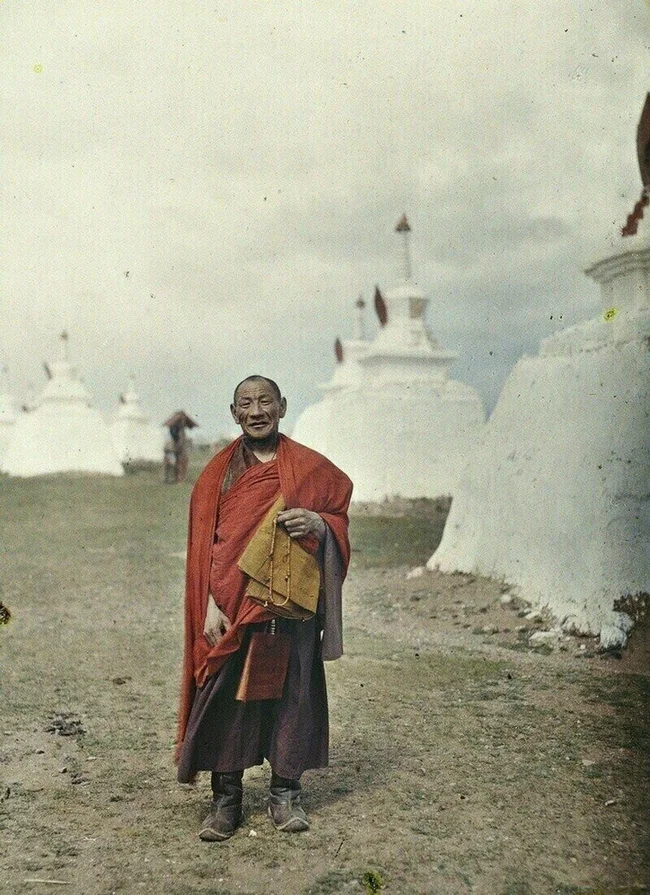
Married woman 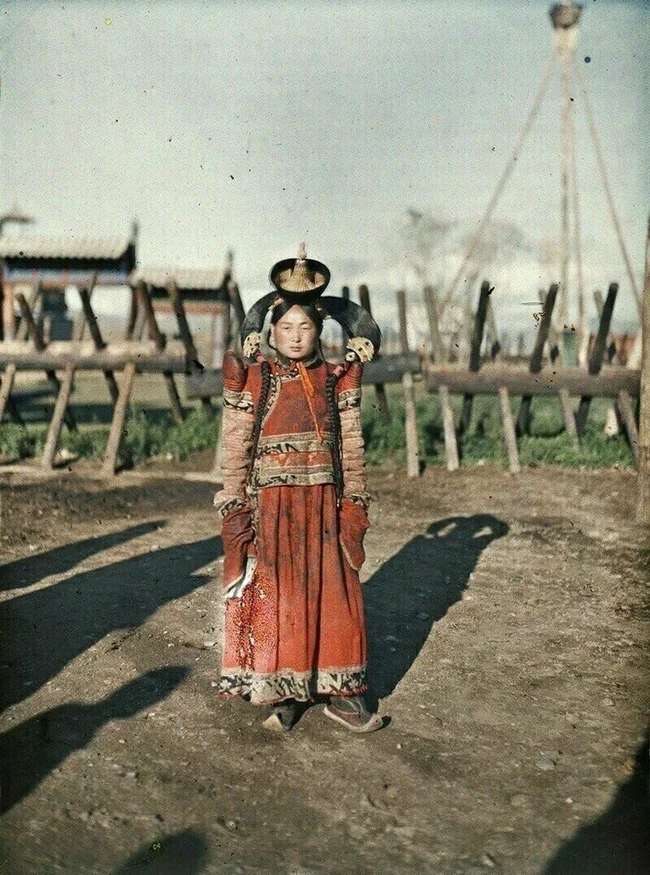
The main gate at the residence of Bogdo Gegen VIII: they passed through it during celebrations
The Bogdo Gegens are theocratic rulers and have been the heads of Mongolia since the 17th century. 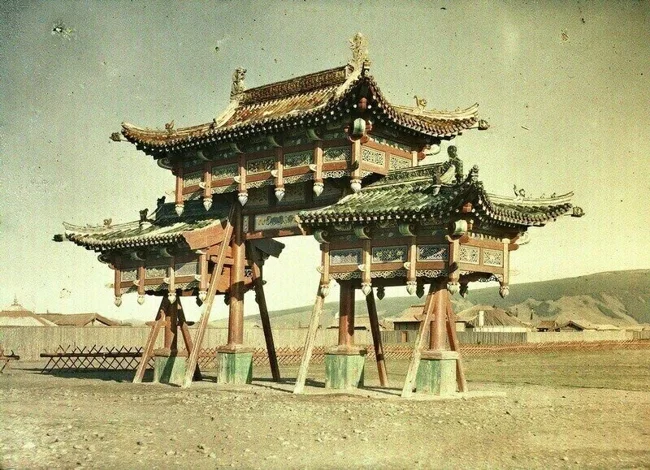
Yurts and their inhabitants 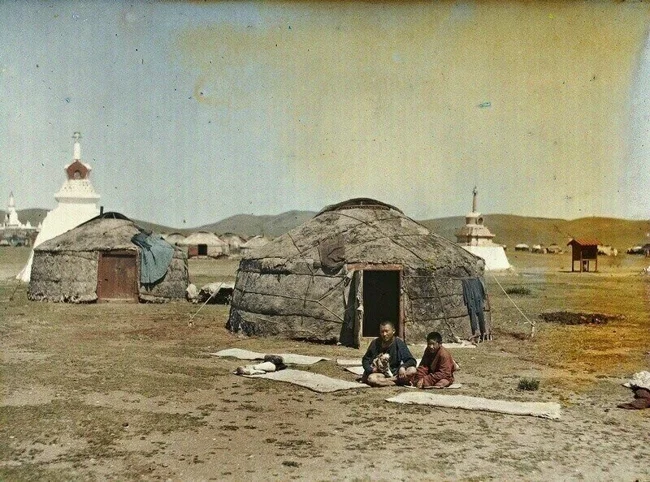
Nomads inhabiting Inner Mongolia 


